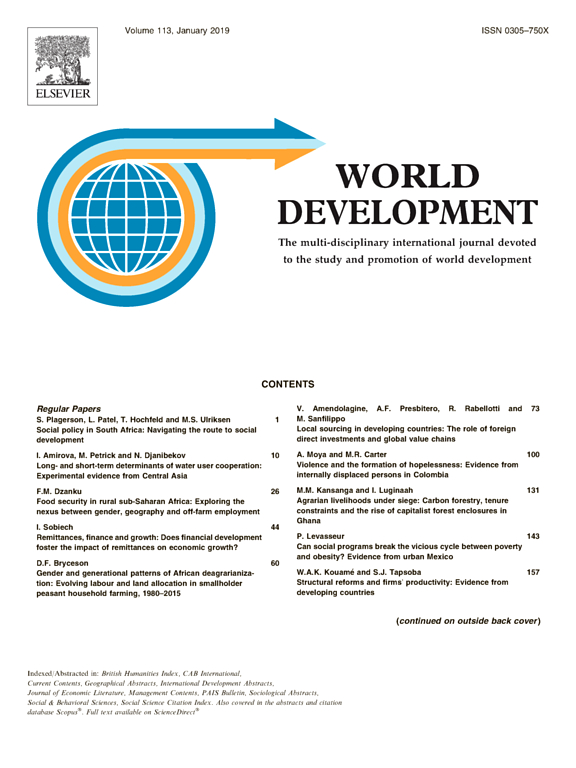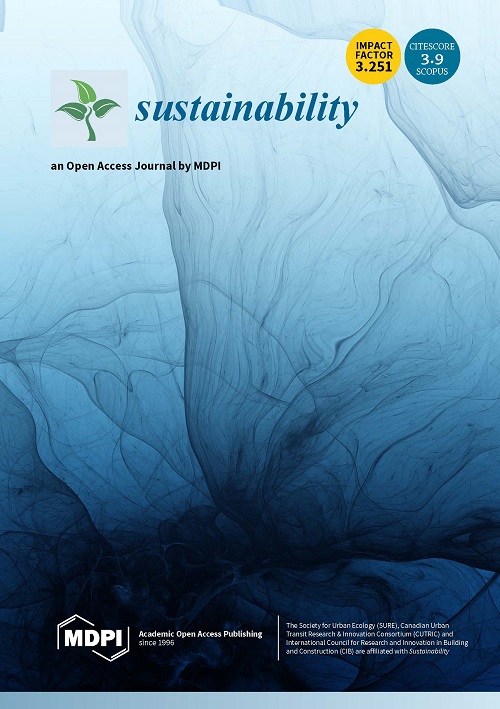In the subsistence-agricultural region of eastern Zambia, less than 10% of the households have adequate supply of maize (Zea mays L.), the staple food, throughout the year. A major constraint to increasing crop production in the region is poor fertility status of the soil. In order to address this problem, improved fallow has been introduced as a technology for improving soil fertility within a short span of two to three years. Farmers have been testing the technology and a number of empirical studies have been undertaken over the years to identify the factors influencing farmers' decision to adopt the technology. This paper presents a synthesis of the results of adoption studies and highlights generic issues on the adoption of improved fallows in Zambia. The synthesis indicates that farmers' decision on technology adoption does not have a simple directed relationship of some technological characteristics only, but constitutes a matrix of factors including household characteristics, community level factors, socioeconomic constraints and incentives that farmers face, access to information, local institutional arrangements and macro policies on agriculture. The adoption of improved fallows is not strictly speaking a binary choice problem but a continuous process in which farmers occupy a position along a continuum in the adoption path. Further, adoption of improved fallows may not take place in a policy vacuum but needs to be facilitated by appropriate and conducive policy and institutional incentives. Several questions and issues that require further study emerge from the synthesis. These include determination of the relative importance of the factors in the adoption matrix, identification of the conditions under which farmers use a combination of inputs and their profitability under changing price scenarios, exact definition to delineate between `non-adopters', `testers' and `adopters' of agroforestry technologies, and understanding the impact of cash crop farming in farmers' adoption decisions of improved fallows (where off farm opportunities exist). Further, there is a need to determine the inter-relationship between household poverty, labor availability and the adoption of improved fallows and, to evaluate a combination of policy interventions at both national and local level to promote the adoption of agroforestry-based soil fertility management.
DOI:
https://doi.org/10.1023/B:AGFO.0000005232.87048.03
Altmetric score:
Dimensions Citation Count:
























